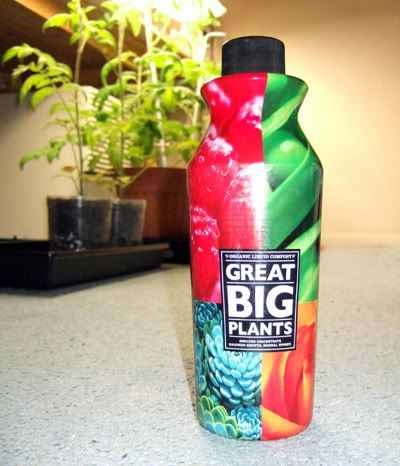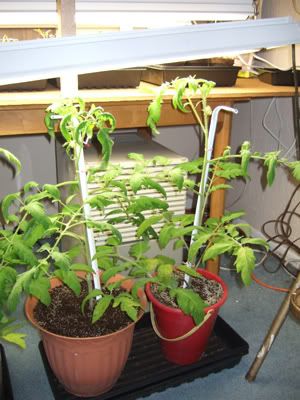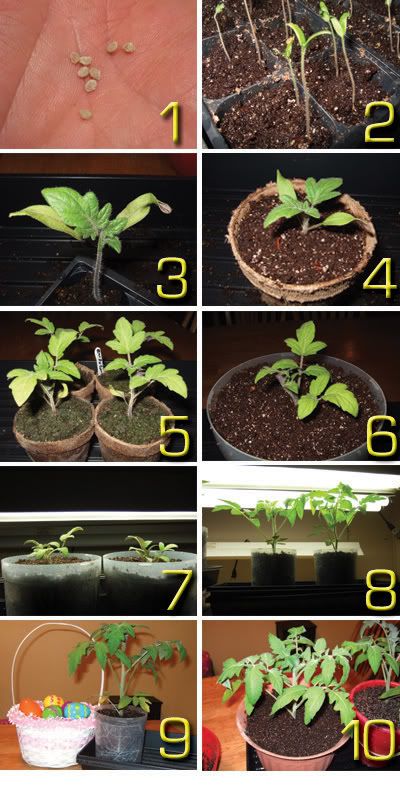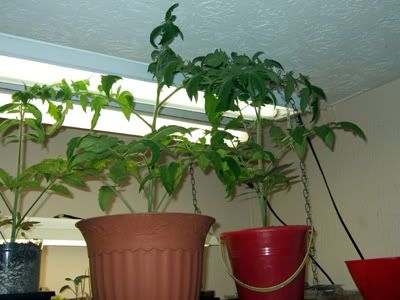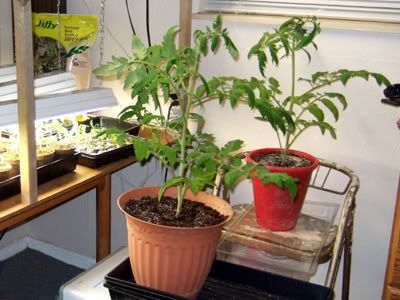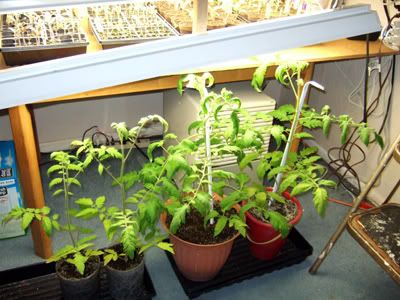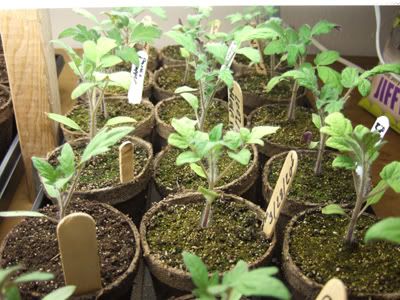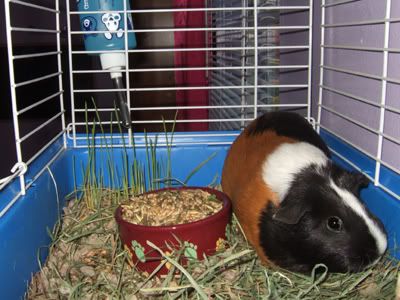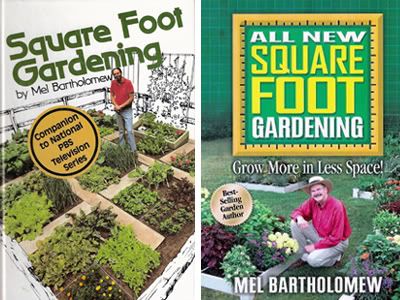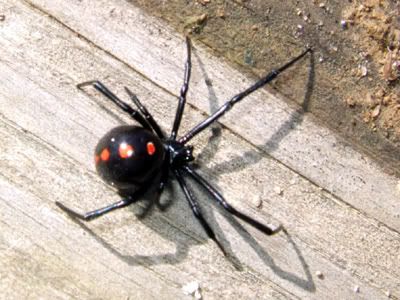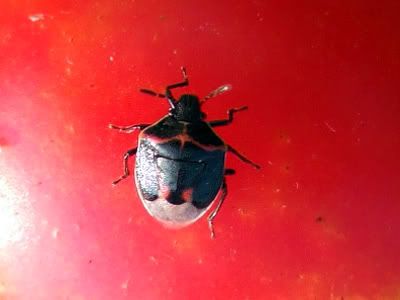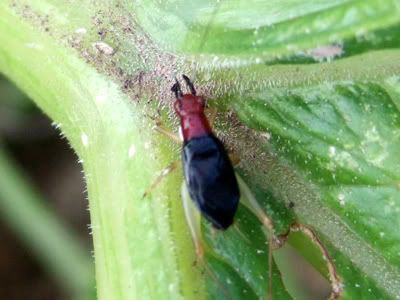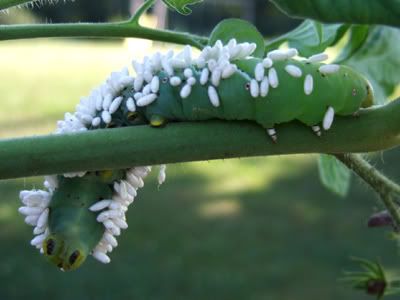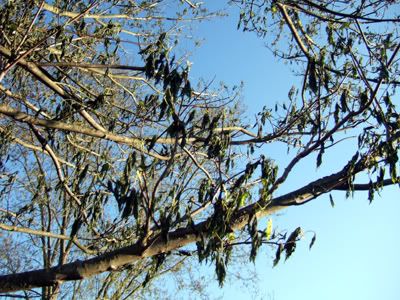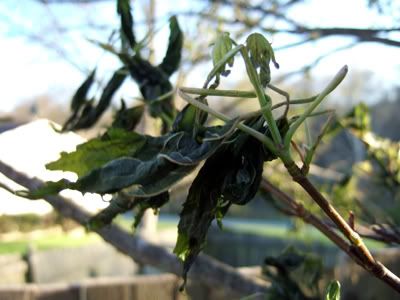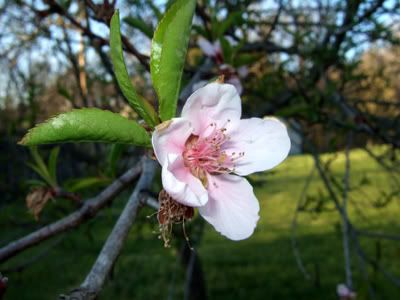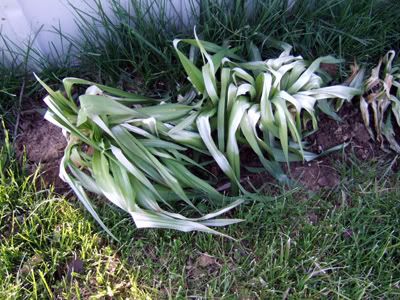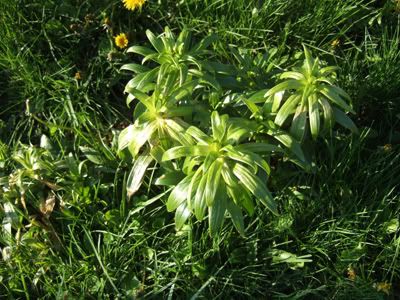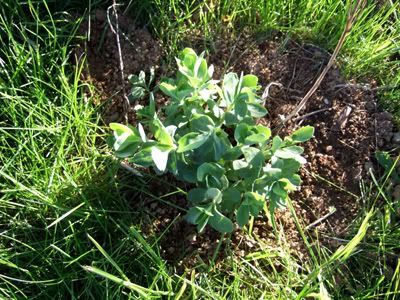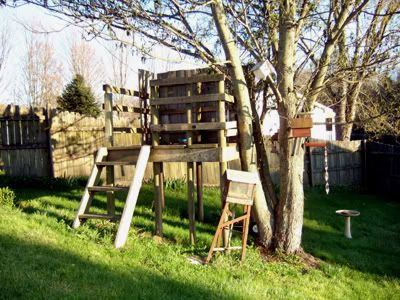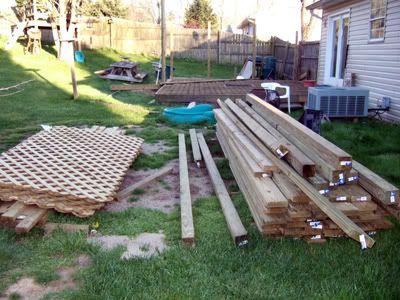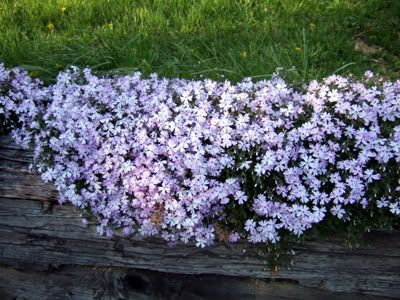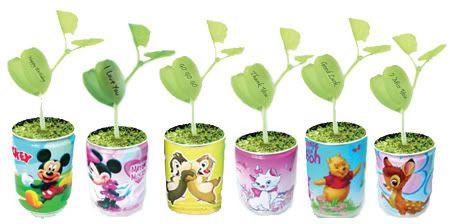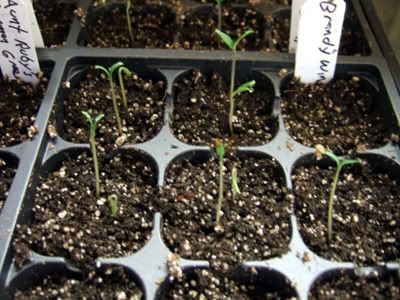
I am constantly amazed and dismayed by how many people tell me that they couldn't possibly start vegetable plants from seed indoors. I am especially surprised when the person with that thought is an experienced gardener. I am not here to debate or to put down those who don't start veggies from seed. I just want to write a bit for anyone who thinks it is a good idea to start seeds, but is afraid to try.
Don't be intimidated because it's easier than you think. I know there is much written about all the things you need to start seeds and it may seem like a detailed science. I also know it sounds very expensive when people write that you need to have a $200 light stand with $20 grow light bulbs and heating mats and a self waterer and a timer and a soil block maker or massive amounts of peat pots and special trays and special soil and... and... and... Don't let them get you down! All of those things are nice, but most are not necessary. I've been successfully growing vegetable and flower seedlings for years, many times on the cheap!
So what do you really need? Before I answer that question, lets ask another: Is it too late to start indoor seedlings for this season?
NO. It is not too late for most vegetables. On my post about growing extra-early tomatoes, I got some comments from gardeners that they might have waited too long to start their tomatoes. For the record, I just started my main season tomatoes. The picture above shows how big they are today - just sprouts.
The question of when to plant your seeds varies with where on earth your garden is located. Heat loving vegetables like tomatoes, peppers, cucumbers and melons should not be put outside until all danger of frost has passed in your area. I'm sure you've read that on the seed packets before. If you don't know when your average last frost is, you can call your county's cooperative extension service. But if you are reading this post, then you are an internet person and would probably prefer to find out online. There are conflicting reports of dates from one site to another, so be sure to check a few different resources. You can see the "frost free dates for US cities" table that I found to be the most accurate based on the few cities around me at growquest.com or naturalgardening.com.
Once you've determined your last frost date, you should plant your seeds 4-6 weeks earlier, depending on the variety of vegetable you are wanting to grow. That information is usually on the seed packets as well.
Okay, now back to my first question, "so what do you really need for seed starting". The seeds don't know or care how much money you've spent to get their life started. To germinate, they simply need light, a container with soil to root in, water and warmth. There are many ways to adequately provide these things for your plants. I am not pretending to be an expert and I don't want to tell you how to do things, so I will outline what works for me:
Lighting: I do not spend money on a fancy stand or on special bulbs, yet I successfully raise hundreds of plants from seed. I use ordinary shop lights with ordinary 40 watt florescent bulbs. Some people get away with putting their plants in a sunny window, but it is better to use florescent light. There is much written about using more expensive warm and cool lights, grow lights or multi-spectrum bulbs. I agree that all of those probably work, but so do cheap bulbs so that's what I use. I choose to spend my money instead on more shop light fixtures, and again I buy the cheapest ones available. The key to giving the seedlings adequate light is to keep the fixtures right above them, almost touching the plants even. To do this, I hang the fixtures with chains so I can lower or raise the lights as needed. I used to just hang a couple of lights above a small table. This year I built a bigger double-decker table to support 8 light fixtures. That's how much I believe in starting your own seeds.Pots: You can plant your seeds in anything that holds soil. I now use the plastic cell packs to start the seeds because they are easy and re-usable. Some plants I transplant to bigger containers as they grow. At that point, anything is fair game. Right now, one of my big early tomatoes is in a sand bucket. Really, at any stage, you can use "free containers" if you don't want to buy cell packs. You can be creative and use margarine tubs, shallow cups, newspaper pots, plastic bag lined cardboard boxes, cake pans or whatever. I would stay away from egg cartons because they are pretty shallow. If you use them, you will soon need to transplant to something larger. No matter what you use, the key is to be able to put the pots in a water-tight tray or pan. The trays that come with the cell packs work the best for me. It is important to have a tray under your pots for watering.Soil: Actually, you don't really want soil. The soil-less seed starting mixes are much better. Here is the one place that I don't compromise. Ordinary potting soil is cheaper, but not near as good for starting seeds. If you choose to transplant to larger pots as the plants grow, potting soil would be fine. I use the soil-less mix even when I transplant. It is my exclusive "dirt" until the plants go outside.Water: Everyone knows that plants need water, but many people do not water properly. Seedlings need moisture to germinate and water to grow. The best method for watering seedlings is bottom watering. This is why I said that you need your pots in a tray of some kind. I never pour or spray water on the young plants. Instead I fill the tray under the plants with water. The roots and the soil-less mix soak up the water like sponges. Keeping water off the above ground portion of the plants helps reduce disease and keeps the plants from getting too cold. One important point here relating to the containers you choose: If you create your own pot, it has to be porous or have holes in the bottom in order for the plant to get the water. You may have to punch or drill your own holes. I had to do this when I used CD spindle covers as pots: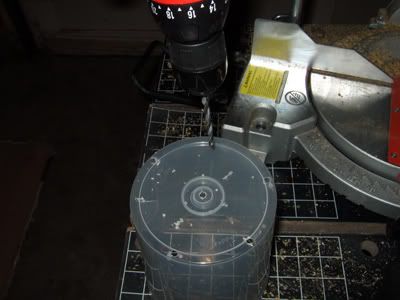 Warmth: To germinate, the seeds need to we warm. This is why so many gardeners have problems with their seeds not sprouting. This is also why so many garden writers push using heat mats. I'm sure they would be helpful but I've never wanted to spend $30 for one. I keep my seed starting operation in the basement, so I do have to consider the cold. The way I ensure germination is by using the seed trays with the clear plastic covers. After planting the seeds, I bottom water with warm water and put the cover on. It gives it a nice greenhouse effect. I then put the new plant trays in the laundry room where the dryer and furnace keep the room toasty. Everything I start this way germinates well. If you don't use the seed trays with lids, cover your pots with plastic wrap. Then look for warm places to put them like the top of the refrigerator, on top of a fish tank light, or next to a radiator. The pots do not need to be under the lights until after they sprout.
Warmth: To germinate, the seeds need to we warm. This is why so many gardeners have problems with their seeds not sprouting. This is also why so many garden writers push using heat mats. I'm sure they would be helpful but I've never wanted to spend $30 for one. I keep my seed starting operation in the basement, so I do have to consider the cold. The way I ensure germination is by using the seed trays with the clear plastic covers. After planting the seeds, I bottom water with warm water and put the cover on. It gives it a nice greenhouse effect. I then put the new plant trays in the laundry room where the dryer and furnace keep the room toasty. Everything I start this way germinates well. If you don't use the seed trays with lids, cover your pots with plastic wrap. Then look for warm places to put them like the top of the refrigerator, on top of a fish tank light, or next to a radiator. The pots do not need to be under the lights until after they sprout.Then What?
After your seeds germinate keep them close to the lights. Keep the lights on for 12 to 16 hours per day. I keep the lights on when I am awake. I turn them on first thing in the morning, say hello to my baby plants, water them if they need it and adjust the lights. Just before I go to bed, I check on them and turn the lights off. I used to use a timer to accomplish this, but I would sometimes neglect the watering or light adjusting. Visiting the light stand twice a day is much better.
I transplant most of my seedlings to larger pots when they get their 2nd set of true leaves. You don't necessarily have to transplant. If you choose not to transplant, as the plants get larger, they will run out of nutrients in the small pots. You will need to add liquid fertilizer or compost tea to the trays in order to keep the plants healthy.
About a week before planting your new vegetable starts in the garden, begin getting them used to being outside. Put them outside for an hour or two the first day to experience the wind. The next day keep them out a bit longer. The next day, put them in the direct sunlight. If the night temperature is mild after a few days, keep them out overnight. This gradual process is called "hardening off". It is important to keep the plants from getting diseased, but don't worry too much about it. It is not an exact science. Some years when I didn't have time to fuss with them as much, I just moved the plants to the garage for a couple days before putting them out. If you are worried about this process, be conservative and only harden off half of your plants at a time.
Since it took me so long to explain all of this, I hope I didn't make seed starting seem complicated. It is really pretty simple. There is a lot of information available out there on the subject. If you want to read what some other bloggers have said about seed starting, Carol at May Dreams Gardens asked some seed related questions and compiled a list of bloggers who answered them.
I hope you decide to try starting your own vegetable seeds. There are many benefits to doing so - but that is material for another post.
Happy Seed Starting!
